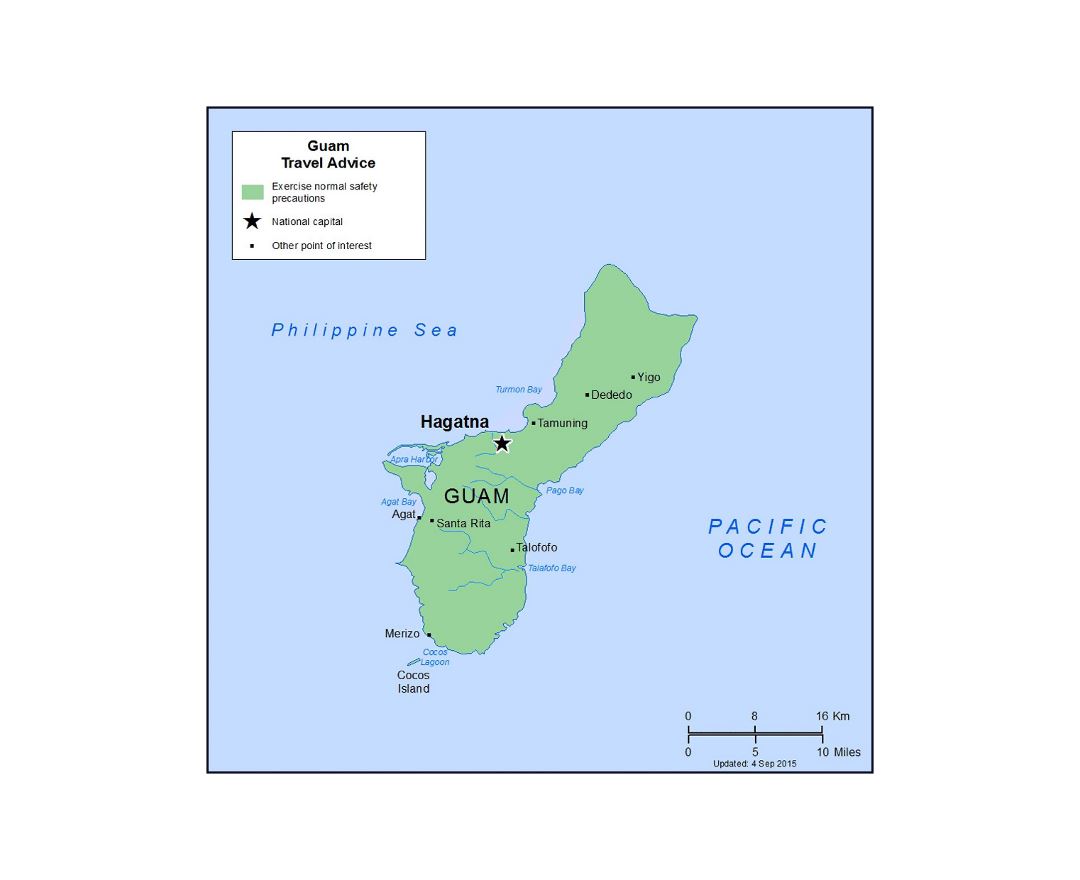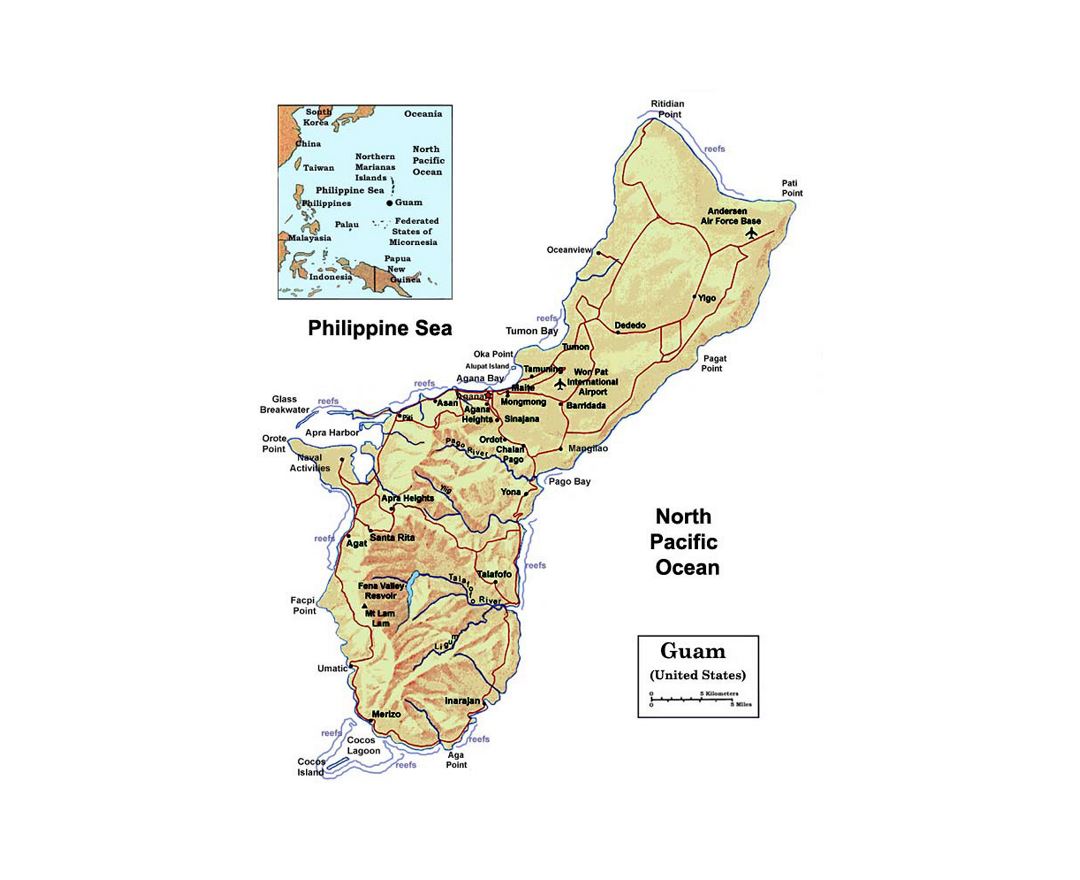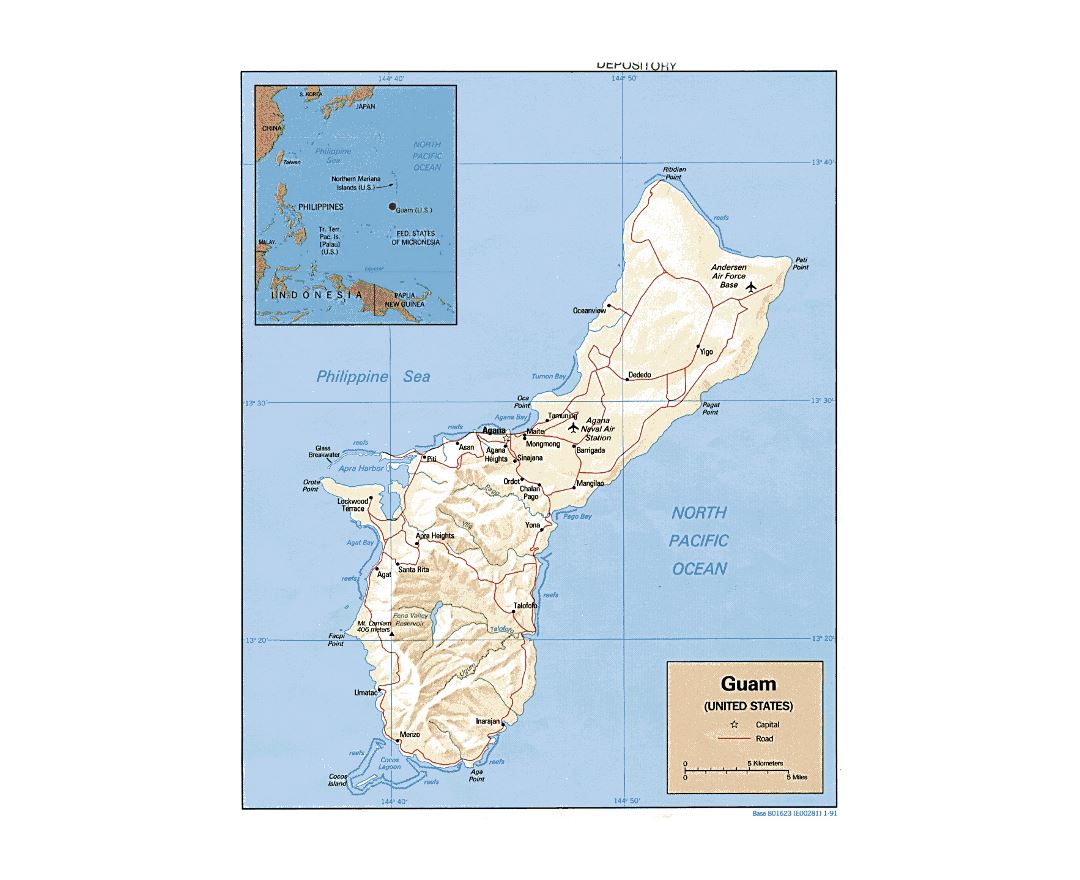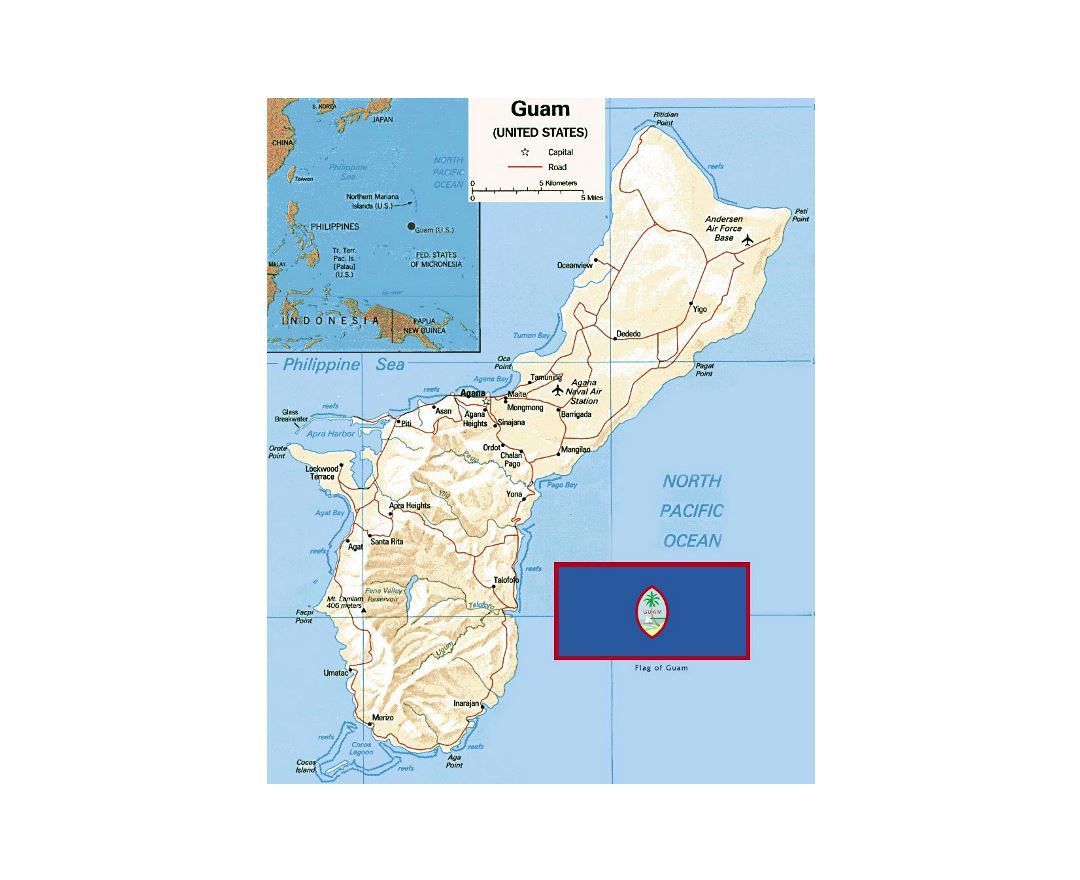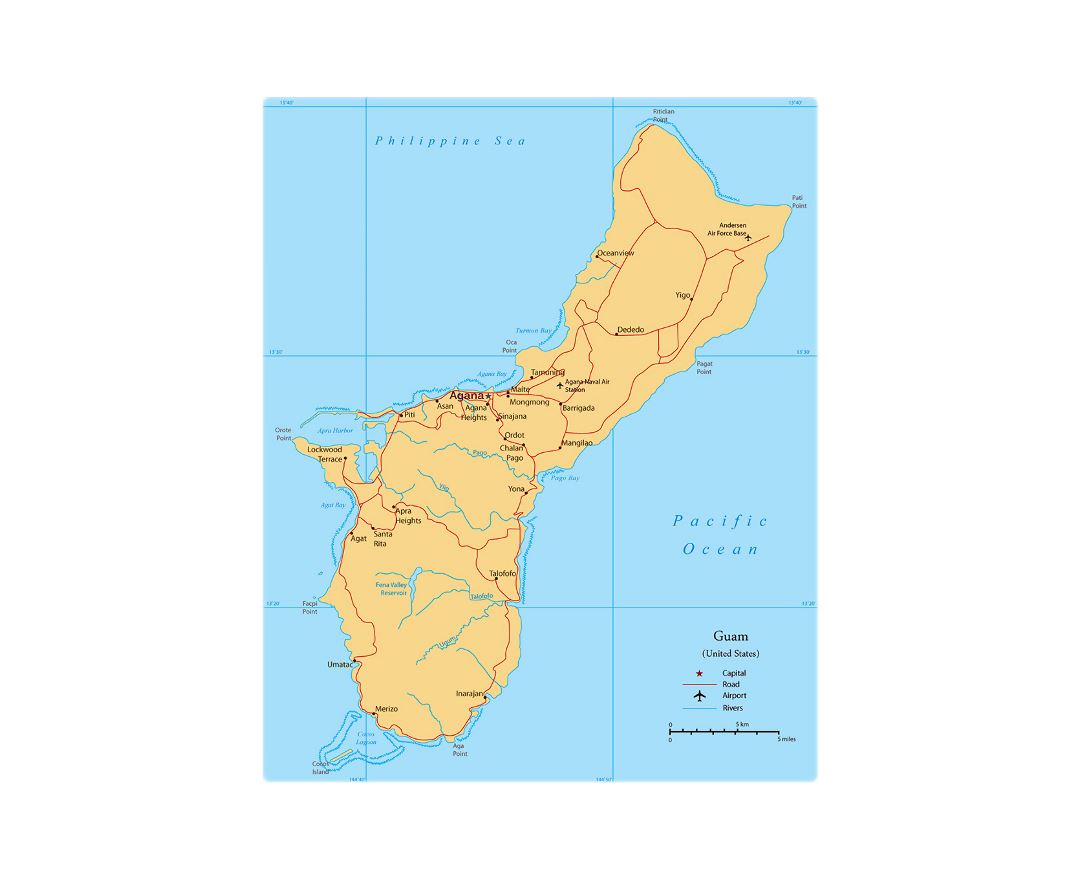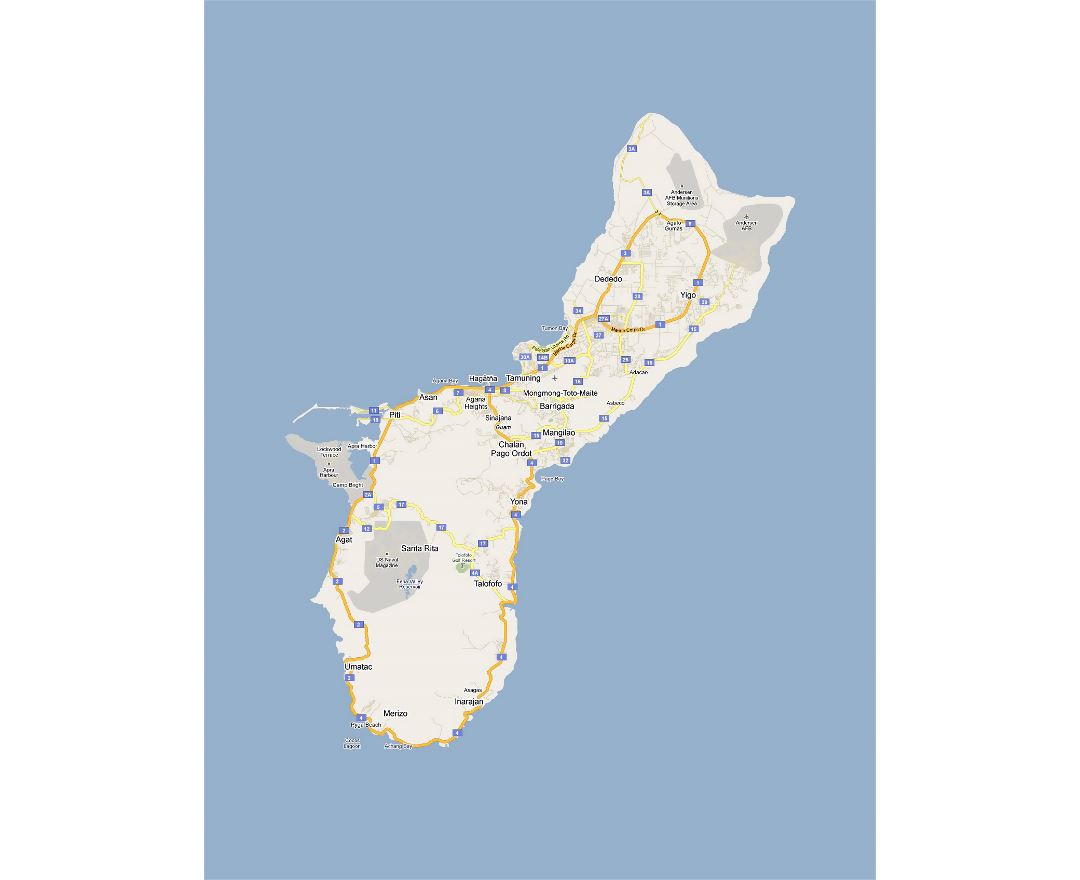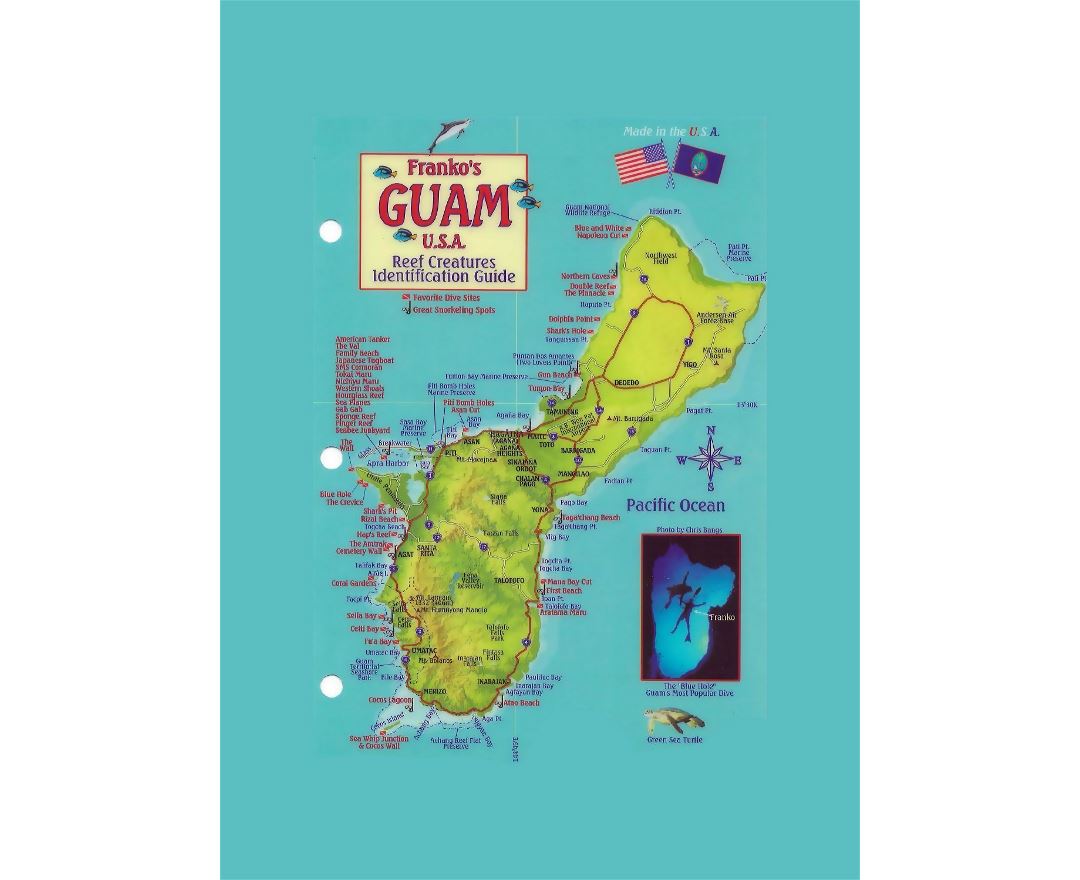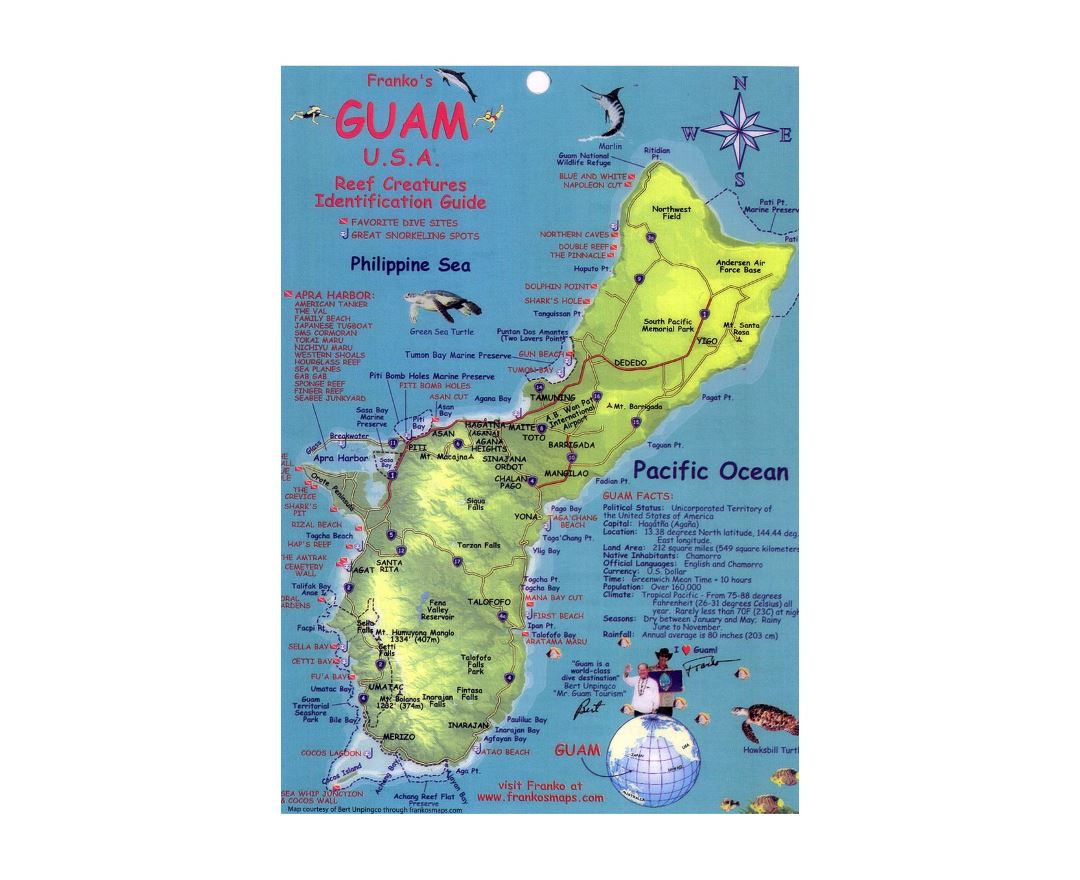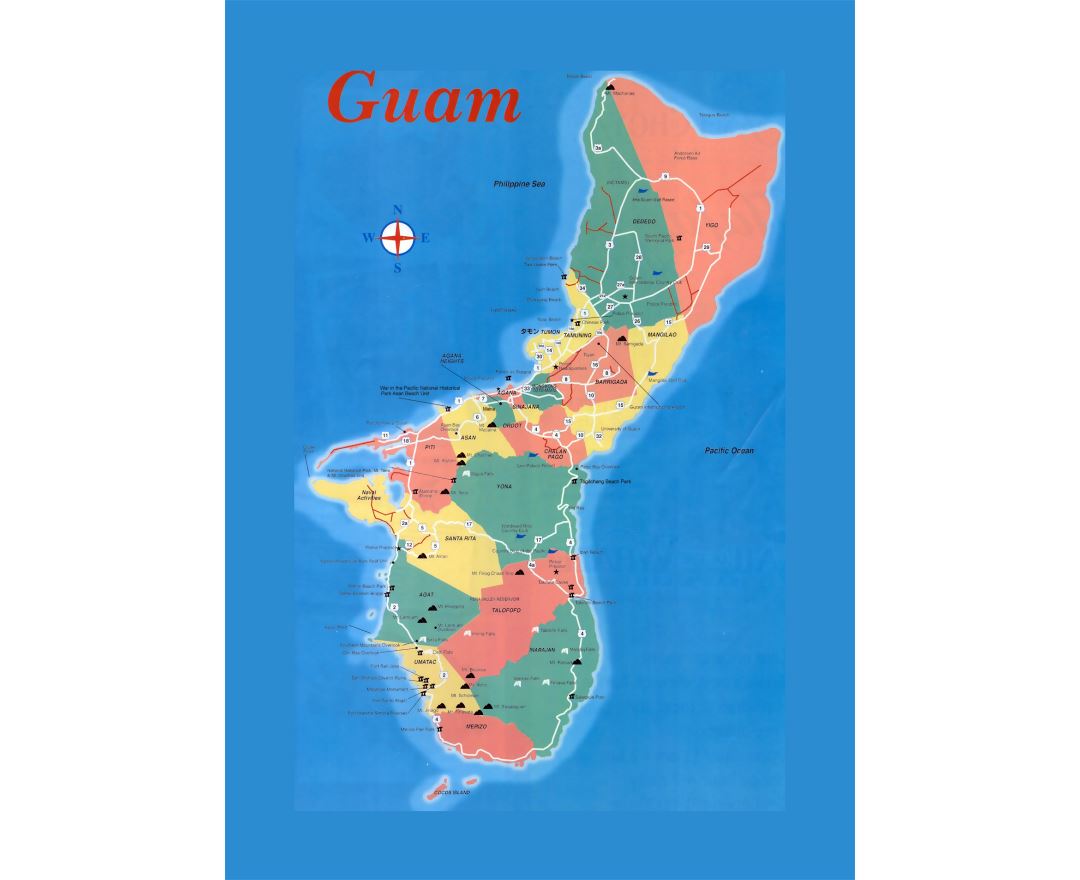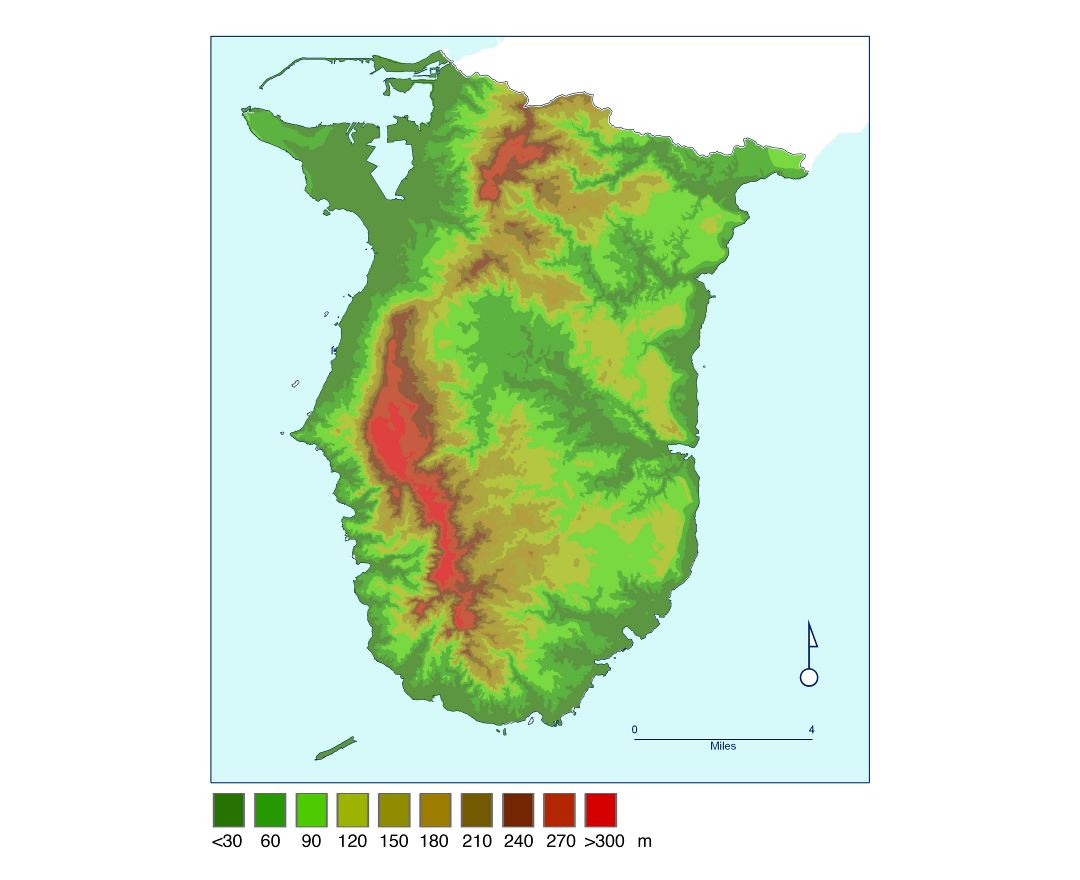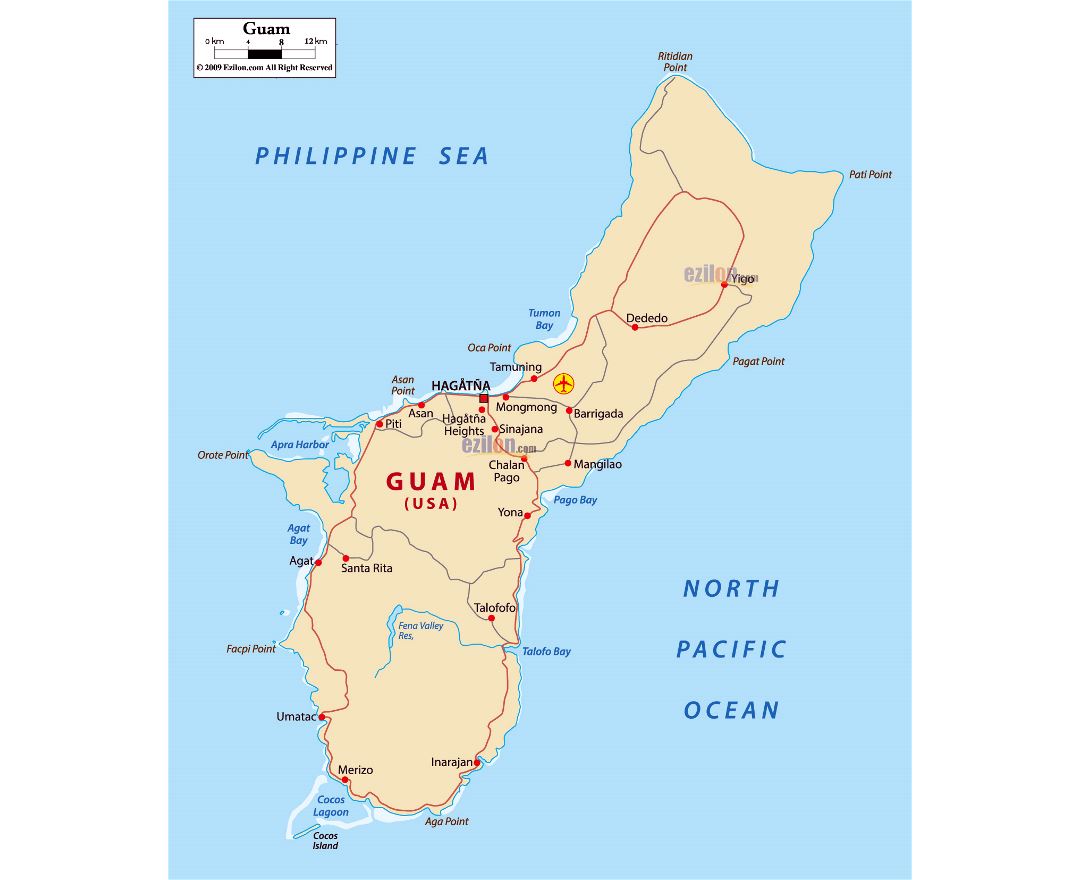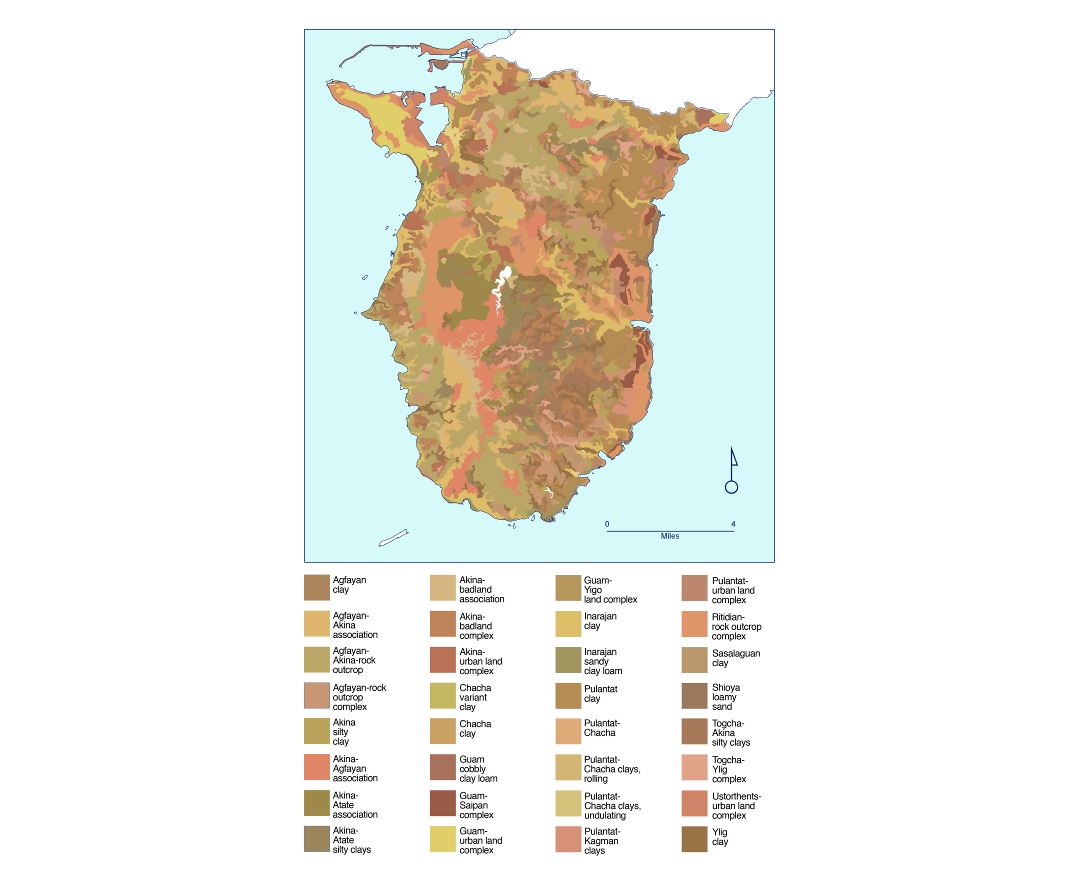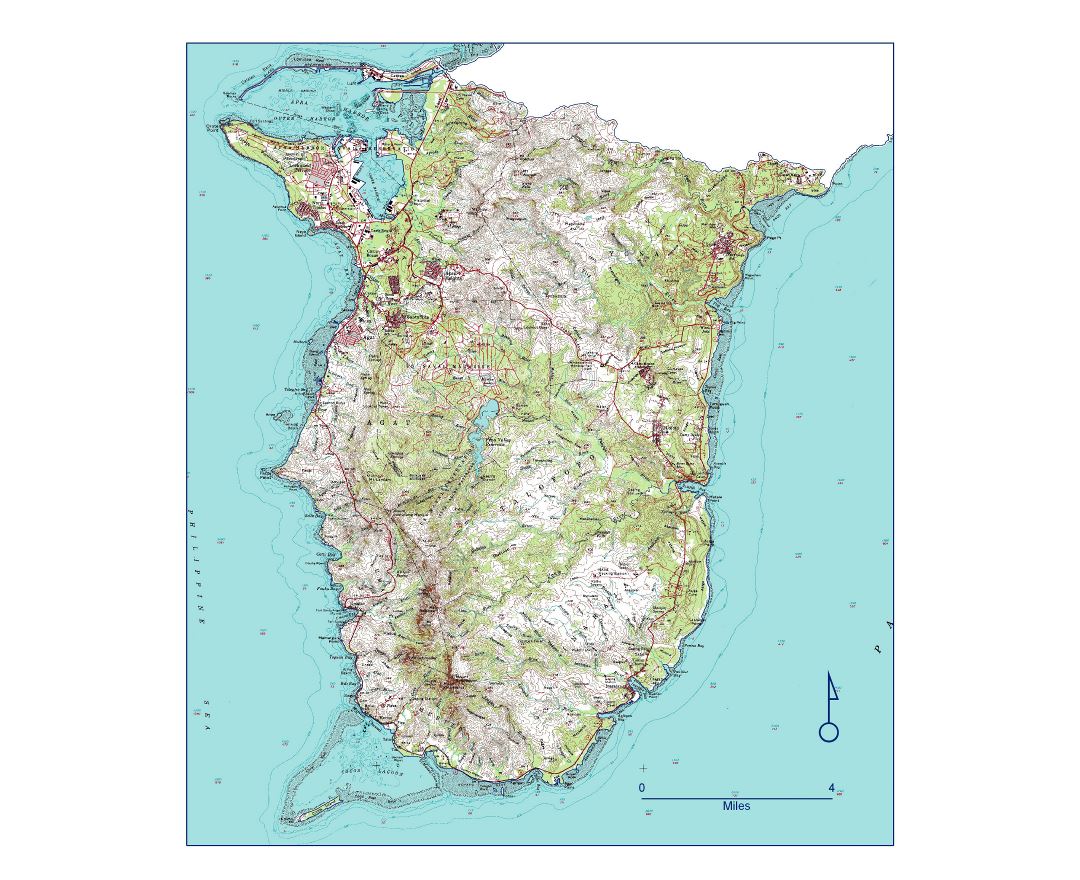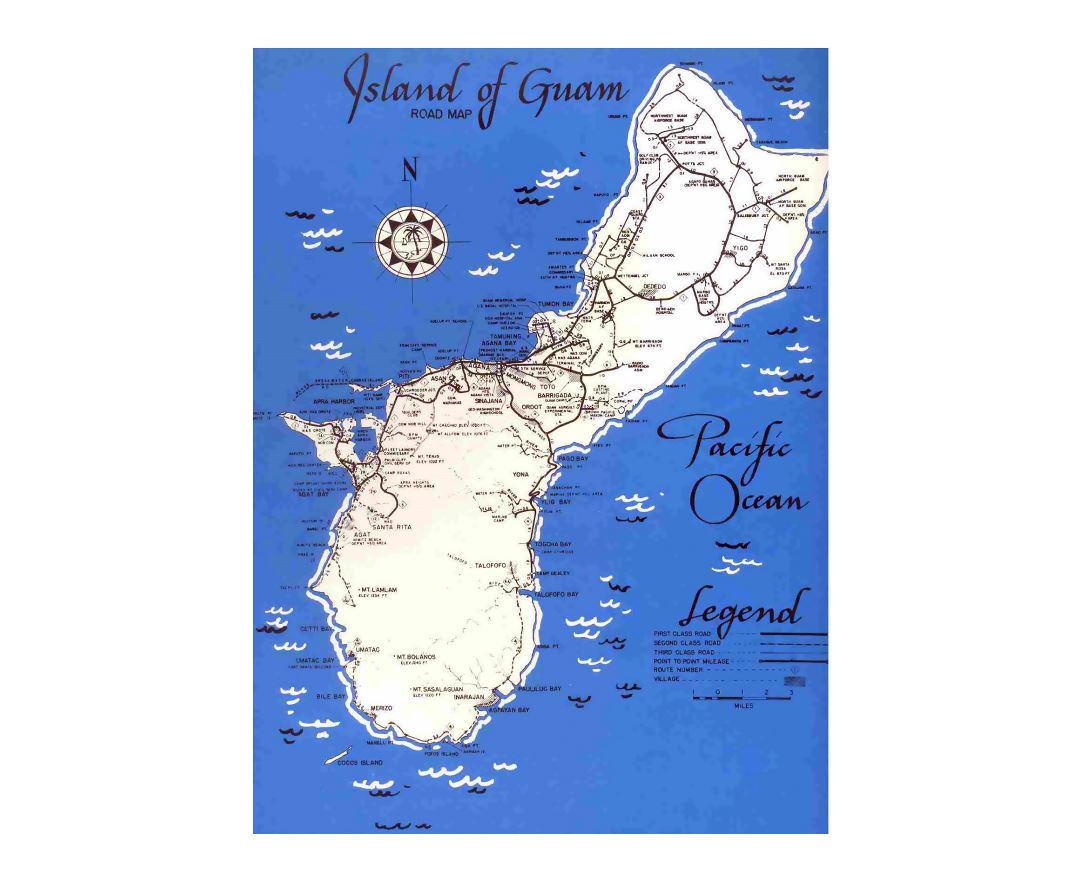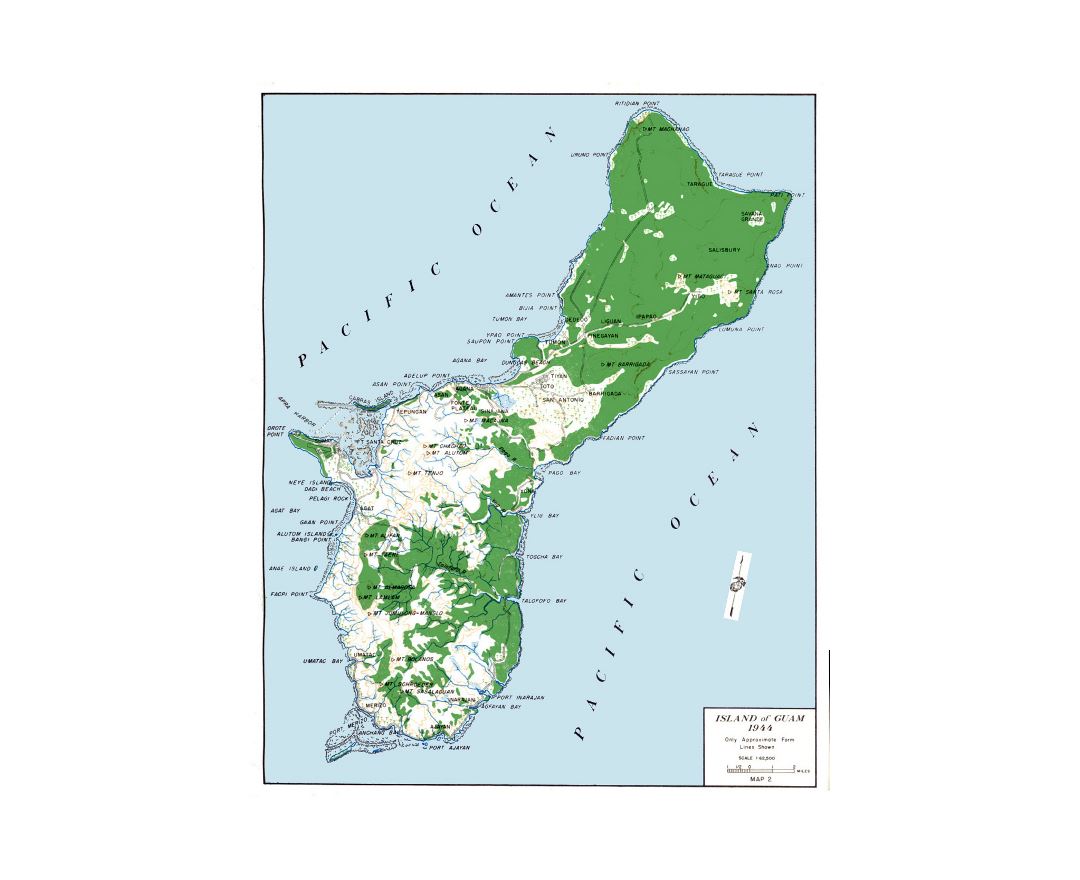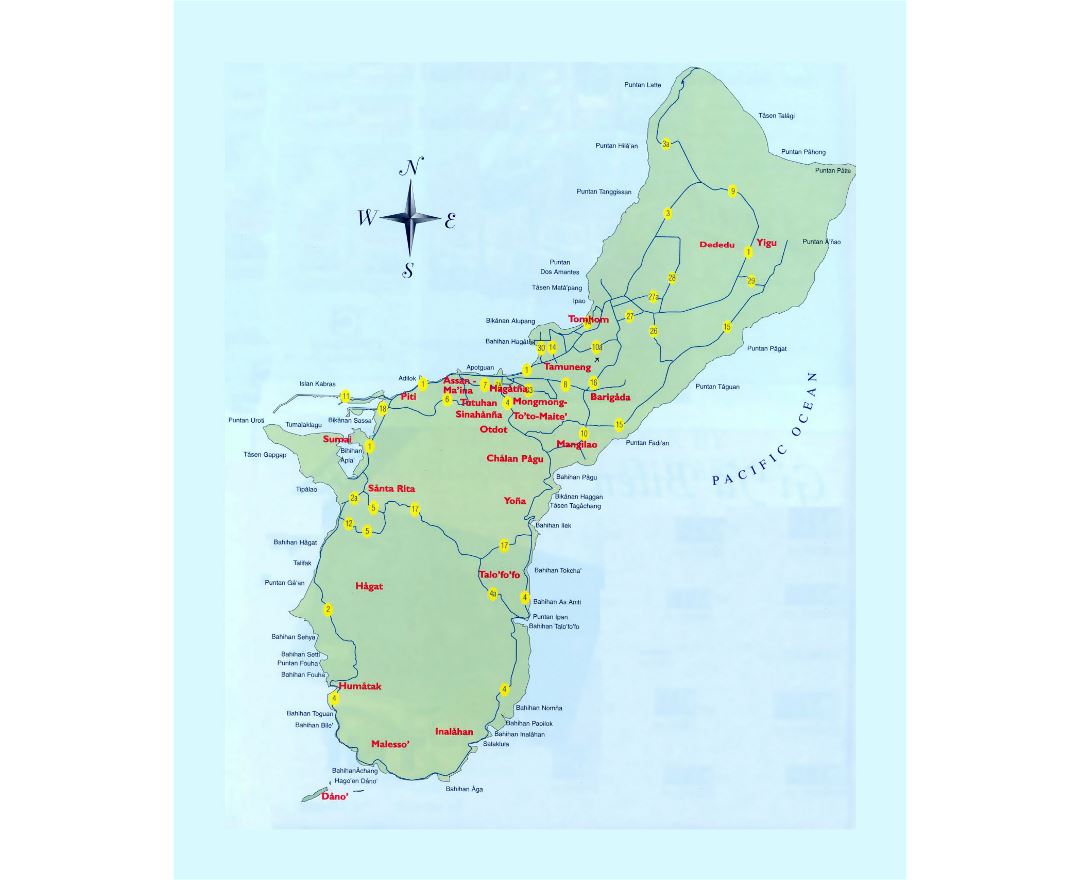Guam
Guam is an unincorporated and organized territory of the United States in Micronesia in the western Pacific Ocean. The capital city of Guam is Hagåtña and the most populous city is Dededo. The inhabitants of Guam are called Guamanians, and they are American citizens by birth. Indigenous Guamanians are the Chamorros, who are related to other Austronesian natives to the west in the Philippines and Taiwan.
In 2016, 162,742 people resided on Guam. Guam has an area of 210 square miles (540 km²) and a population density of 775 per square mile (299/km²). In Oceania, it is the largest and southernmost of the Mariana Islands and the largest island in Micronesia. Among its municipalities, Mongmong-Toto-Maite has the highest population density at 3,691 per square mile (1,425/km²), whereas Inarajan and Umatac have the lowest density at 119 per square mile (46/km²). The highest point is Mount Lamlam at 1,332 feet (406 m) above sea level. Since the 1960s, the economy has been supported by two industries: tourism and the United States Armed Forces.
The indigenous Chamorros settled the island approximately 4,000 years ago. Portuguese explorer Ferdinand Magellan, while in the service of Spain, was the first European to visit the island on March 6, 1521. Guam was colonized by Spain in 1668 with settlers, including Diego Luis de San Vitores, a Catholic Jesuit missionary. Between the 16th century and the 18th century, Guam was an important stopover for the Spanish Manila Galleons. During the Spanish–American War, the United States captured Guam on June 21, 1898. Under the Treaty of Paris, Spain ceded Guam to the United States on December 10, 1898. Guam is among the seventeen non-self-governing territories listed by the United Nations.
Before World War II, there were five American jurisdictions in the Pacific Ocean: Guam and Wake Island in Micronesia, American Samoa and Hawaii in Polynesia, and the Philippines in the Malay Archipelago of Southeast Asia.
On December 7, 1941, hours after the attack on Pearl Harbor, Guam was captured by the Japanese, who occupied the island for two and a half years. During the occupation, Guamanians were subjected to beheadings, forced labor, rape, and torture. American forces recaptured the island on July 21, 1944, Liberation Day commemorates the victory.
An unofficial but frequently used territorial motto is "Where America's Day Begins", which refers to the island's close proximity to the international date line.

